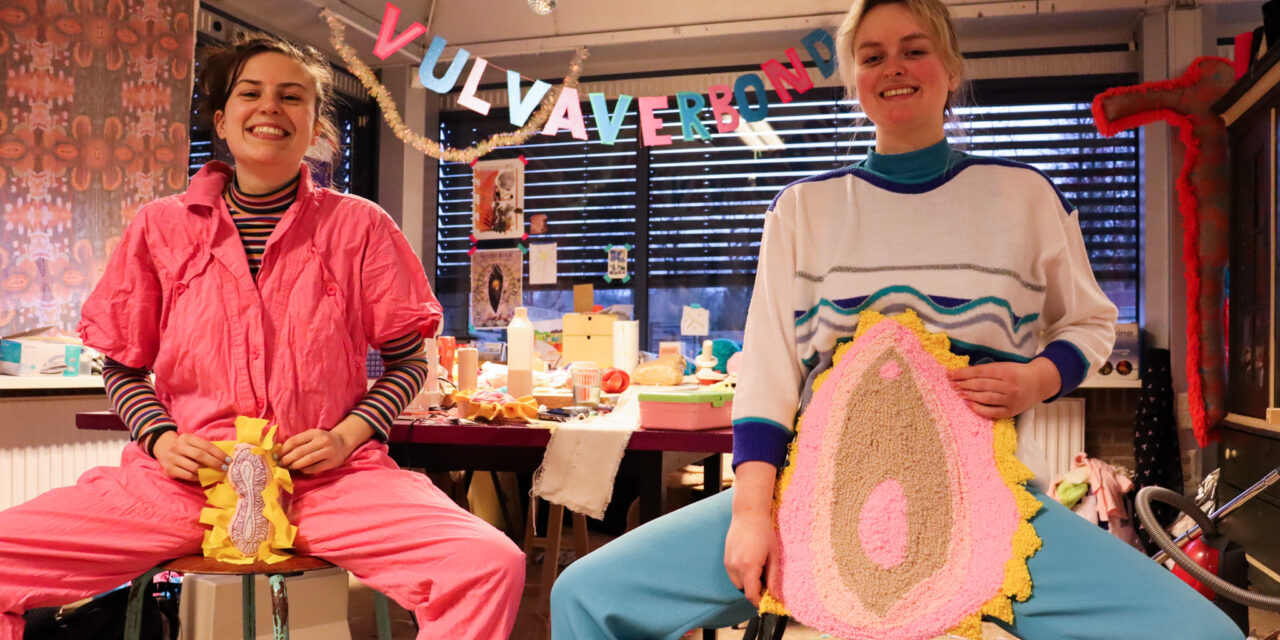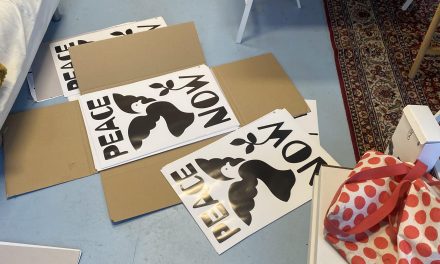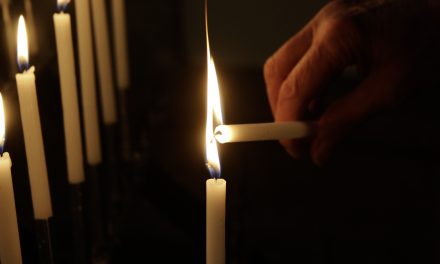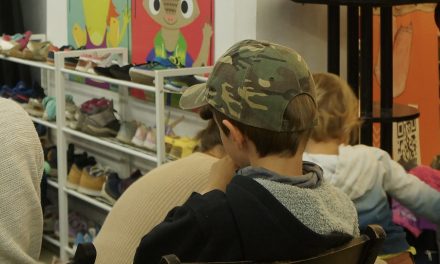Vulvaverbond (Vulva Alliance) is an artistic duo consisting of Pam Plaschek and Celine Terpstra. Two art students who enjoy being angry together, making art and using a lot of glitter.
Pam: “We call ourselves intersectional feminists. What basically means is that we think that all kinds of oppression are related to each other. Celine and I are both white and cisgender, which means we have certain types of privileges. When you’re a woman of colour, you have to deal with a different kind of oppression than if you’re a white woman, like us. I think everyone needs to be aware of this and needs to stand up for each other, not just for yourself. You can’t fight against sexism, without also fighting against racism.”
Celine: “And it also goes further than sexism and racism, intersectional feminism also has to do with the power positions we have in the Western world. Us Western people plunder other countries, which causes the local people to have less opportunities to get food for example, which might cause them to loot ships and such. That makes them seem like the bad guys, when in reality the western countries raided them of their resources. In that way, everything is connected, and everything comes back to oppression.”
Pam: “To add to that, I also think that intersection is very important, because when you look at women’s movements in the past, although they were very important, they were led by white women. We also need to look at women of colour, women with disabilities, transwomen etc. We need to be aware of them and be aware of the different kinds of oppression they have to deal with.”
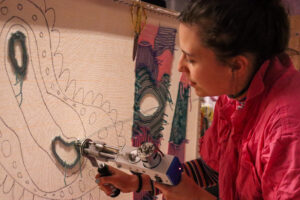
Pam tufting
Normalising vulvas
Pam: “Being intersectional feminists plays a big part in our work as artists as well. We try to talk to as many different types of people as possible. In these conversations we also let them be angry and let them be mad at their oppressors. We also listen to different views people have and try to think about those as well, instead of staying in our own bubble. We also try to be conscious about our choice of words when we do something with text.”
Celine: “A big part of our work are vulvas, obviously, hence our name. I can see vulvas in everything. I don’t know why or how this started. But it’s very important for us that vulvas are normalised.”
Pam: “The weirdness about vulvas already starts at a young age. I remember thinking when I was younger that my vulva was the ugliest thing ever and I was not allowed to talk about it. You can draw penises on everything but society draws the line at vulvas. That just made me angry.”
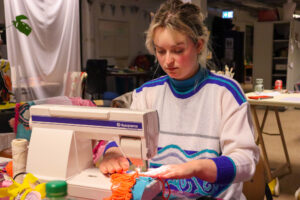
Celine sewing
Celine: “Also, from the beginning vulvas were seen as a thing that’s inside the woman’s body, it’s supposed to be hidden. The man comes out, he has different genitals, that literally come out of his body, and are allowed to be seen. Even with the clitoris, it wasn’t properly researched and ‘discovered’ until recently.”
Pam: “The clitoris wasn’t discovered until the 90s! How weird is that? What were all those male doctors doing all those years? Back in the day they didn’t do much research into women’s bodies because they didn’t want to ‘mess’ with the childbearing process.”
Celine: “What you said before about thinking your vulva is ugly, I had that too. Mine are a bit bigger and I thought that was wrong and just not right, when it is fact is right and normal. We need to talk about these things, and we need to show how normal vulvas are! We need to give vulvas the attention they deserve. We also try to provoke people with our art about vulvas, by just pressing their faces into the vaginas. Not literally of course, but in a confronting way.”
Pam: “We are angry, and that doesn’t have to be a bad thing. We are justifiably angry that nearly all forms of birth control are focused on women, there’s still a wage gap and there is also still a lot of (sexual) violence against women. Being angry is also what we want to teach others, we want to be pleasantly angry together.”
